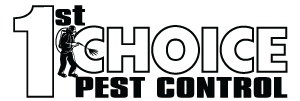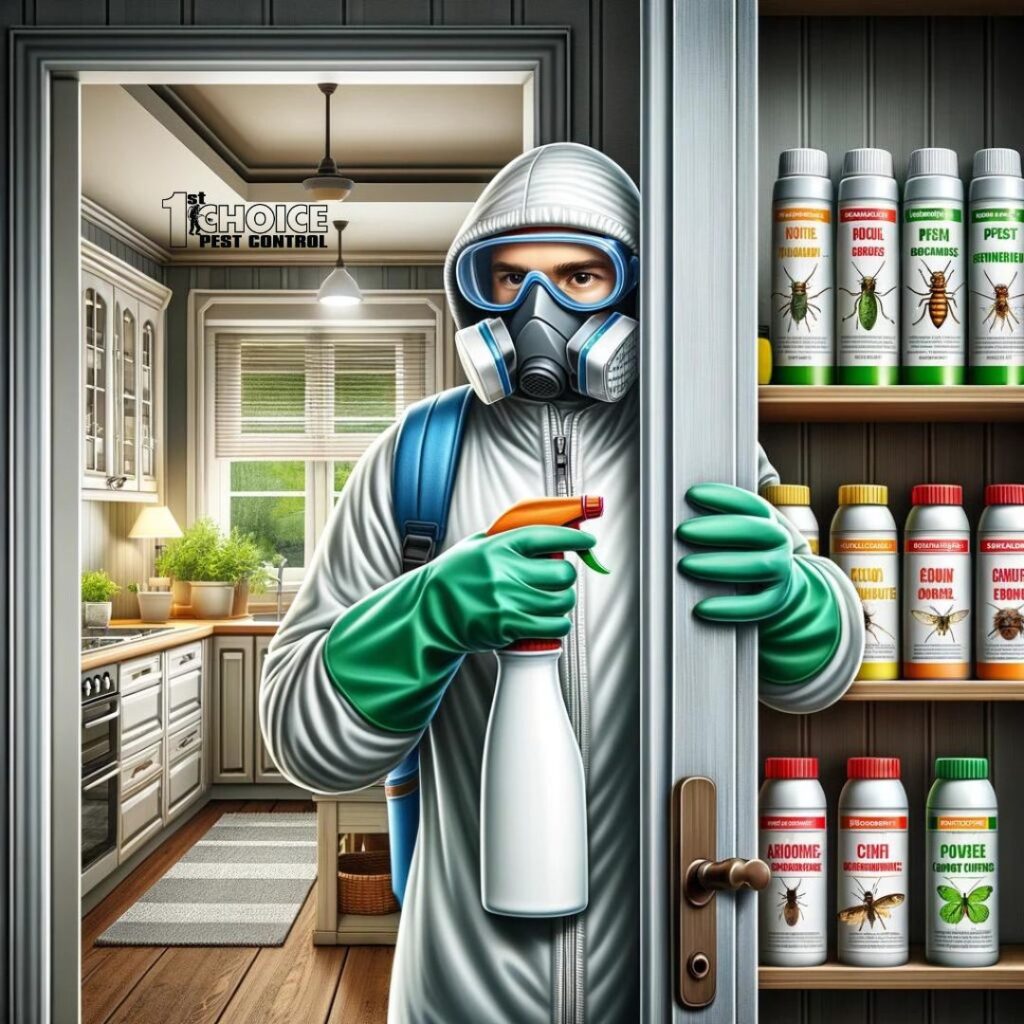How to Evade Common DIY Pest Control Mistakes
In the quest to maintain a pest-free home, many homeowners turn to do-it-yourself (DIY) pest control solutions. The appeal of immediate action and the perceived savings over professional services drive a DIY approach, promising quick fixes to irritating problems. However, the journey of DIY pest control is fraught with common mistakes that can, paradoxically, exacerbate pest issues or lead to new ones. Identifying pests incorrectly, using the wrong control products, and neglecting the source of infestations are just the tip of the iceberg when it comes to errors made by well-intentioned individuals.
The allure of solving pest problems on your own is understandable, yet the path is often more complex than it appears. Effective pest control requires not just enthusiasm but a deep understanding of the pests themselves, the reasons they’ve invaded, and the most effective methods to send them packing — for good. In this blog, we’ll dive into the common pitfalls of DIY pest control and offer guidance on how to sidestep these errors, ensuring your efforts lead to a safe, pest-free environment. From recognizing when a problem is out of your depth to the importance of safety measures, our goal is to empower you with the knowledge to tackle pest issues wisely or know when to call in the professionals, like those of us here at 1st Choice Pest Control.
Overlooking Pest Identification
One of the fundamental steps in effective pest control that is often overlooked is the correct identification of the pest in question. Misidentifying a pest can lead to ineffective treatment methods, wasted resources, and in some cases, can even exacerbate the problem. It’s akin to prescribing medicine without a proper diagnosis; the results are unpredictable at best and harmful at worst.
For instance, treating for ants when you’re actually dealing with termites won’t solve your termite problem and may allow them to continue damaging your home unchecked. Similarly, using a general insecticide for a specific pest without knowing its habits or lifecycle can be futile, as the treatment might not target the pest’s vulnerable stages.
Here are some tips to help you properly identify pests in your home:
- Research: Use reliable online resources to compare your unwanted guests with common household pests. Pay close attention to their appearance, behavior, and the signs they leave behind.
- Trap and Examine: Sometimes, capturing a pest can provide a closer look to aid in identification. Use non-lethal traps for this purpose if possible.
- Consult Experts: If you’re unsure, consider reaching out to pest control professionals or local extension offices. Many offer identification services based on photos or descriptions.
- Community Forums: There are numerous forums and social media groups dedicated to pest identification and control. Sharing your experiences and images can yield quick insights from knowledgeable individuals.
By taking the time to identify pests accurately, you not only increase the chances of successfully managing the problem but also minimize the risk of harm to yourself, your family, and your pets from unnecessary or incorrect pesticide use. Remember, the first step to solving a problem is understanding exactly what you’re dealing with.
Using Incorrect Pest Control Products
A common misstep in the realm of DIY pest control is reaching for the wrong type of product to tackle the problem. This mistake not only leads to ineffective pest management but can also pose unnecessary risks to your health and the environment. The market is flooded with a wide range of pest control solutions, each designed to combat specific pests through particular methods. Using the wrong one is like using a hammer when you need a screwdriver: it’s not just ineffective, it can also cause damage.
For example, using a rodenticide to combat an ant infestation won’t yield results and may inadvertently harm non-target wildlife or pets. Similarly, applying an insecticide meant for outdoor use inside your home can expose your family to harmful chemicals unnecessarily. The key is to match the pest control product to the pest and the situation precisely.
Here are essential considerations when selecting pest control products:
- Specificity: Choose products specifically designed for the pests you’re dealing with. If the product is too broad-spectrum, it may not be effective against your particular pest.
- Application Method: Consider how the product is applied. Baits, traps, sprays, and powders can have different effectiveness based on the pest’s behavior and the area being treated.
- Safety: Always prioritize products that pose the least risk to human health and the environment. Look for EPA-approved products and those with lower toxicity levels.
- Regulations: Ensure the product is approved for use in your area and follows local regulations. Misuse of certain chemicals can lead to legal repercussions and environmental harm.
Before applying any product, thoroughly read and follow the label instructions. The label contains critical information on how to use the product safely and effectively. If you’re ever in doubt, consulting with a pest control professional can provide clarity and ensure that you’re taking the right approach to manage pests in your home. Choosing the correct pest control product is not just about eradicating pests; it’s about doing so responsibly and safely.
Ignoring the Source of the Problem
Effective pest control is not just about treating the symptoms; it’s about addressing the root cause. One of the most significant DIY pest control mistakes is ignoring the source of the infestation. Without tackling the root problem, pests are likely to return, creating a frustrating cycle of infestation and treatment.
Key considerations for addressing the source include:
- Entry Points: Inspect your home for cracks, gaps, and holes where pests could enter. Sealing these can prevent further infestation.
- Food Sources: Pests are attracted to food. Ensure that food is stored in sealed containers and that crumbs and spills are cleaned up promptly.
- Water Sources: Many pests thrive in moist environments. Fix leaky pipes and ensure good drainage around your home to deter pest habitation.
- Habitat: Clear away debris, such as leaf litter and woodpiles, close to your house. These can provide shelter for pests.
Neglecting Safety Measures
When undertaking DIY pest control, the significance of safety cannot be overstated. The enthusiasm to rid your home of pests should never compromise the well-being of its inhabitants. Chemical pest control products, while effective, carry risks that necessitate strict safety precautions. It’s not just about wearing gloves, masks, and goggles, which are indeed essential to protect against direct exposure to harmful substances. Understanding the broader scope of safety is crucial.
Key safety measures include:
- Proper Ventilation: Ensure the area is well-ventilated during and after the application of chemical products to prevent inhalation of toxic fumes.
- Correct Usage: Applying more than recommended can be dangerous. Always adhere to the suggested quantities on the label.
- Storage: Pesticides should be stored in their original containers, clearly labeled, and placed in locked cabinets or shelves well out of the reach of children and pets.
- Disposal: Proper disposal is critical to prevent environmental contamination and potential harm to wildlife. Follow local regulations and the product’s instructions for disposing of unused pesticides and containers.
Underestimating Preventative Measures
Preventative measures form the cornerstone of effective pest control. They are the most sustainable and safest way to keep pests at bay, reducing the need for chemical interventions. A proactive approach to pest prevention not only minimizes pest activity but also contributes to a healthier living environment.
Strategies for pest prevention include:
- Sealing Entry Points: Regularly inspect and seal cracks, crevices, and openings around doors, windows, and foundations to block access points for pests.
- Decluttering: Reducing clutter eliminates hiding spots for pests. Store items off the floor and organize to minimize pest harborage areas.
- Proper Food Storage: Store food in airtight containers. This simple step can greatly deter pests like ants, roaches, and rodents who are attracted to food sources.
- Regular Cleaning: A clean home is less appealing to pests. Regular vacuuming, sweeping, and wiping down surfaces can prevent crumbs and spills from attracting pests.
Failing to Follow Product Instructions
The effectiveness and safety of pest control products depend significantly on their proper application. The label on a pesticide is not just a set of suggestions; it’s a legal document providing instructions for safe and effective use. Ignoring these instructions can render the treatment ineffective at best and dangerous at worst.
To ensure adherence to product instructions:
- Read Before You Buy: Before purchasing, ensure the product is suitable for your specific pest problem and safe for use in the intended area (e.g., indoors vs. outdoors).
- Measure Carefully: Use the exact amounts recommended on the label. More is not better with pesticides; it’s just more dangerous.
- Timing: Some products are more effective when applied at certain times of day or under specific weather conditions. Adhering to these guidelines can enhance effectiveness and reduce risks.
- Reapplication: The label will also advise on how often the product can be safely reapplied. Stick to these intervals to avoid overuse and potential harm.
By expanding on these critical aspects, we emphasize the importance of safety, prevention, and following guidelines in DIY pest control. These measures not only ensure the effectiveness of pest management strategies but also protect the health and safety of all household members.
Not Knowing When to Call Professionals
DIY pest control has its limits. Recognizing when a problem is beyond your capabilities is crucial. Signs that it’s time to call in the professionals include:
- Persistent infestations despite DIY efforts.
- Large-scale infestations.
- The presence of potentially dangerous pests (e.g., venomous spiders, wasps).
Professional pest control services have the expertise, experience, and tools to effectively manage pest problems while minimizing risks to your health and the environment.
Conclusion
DIY pest control can be a cost-effective and satisfying approach to managing minor pest issues. However, it’s essential to avoid common mistakes such as misidentifying pests, using the wrong products, and neglecting the source of the problem. By focusing on safety, following product instructions, and implementing preventative measures, you can maintain a pest-free home. Remember, when in doubt, calling in the professionals is always a wise choice. Your home is your sanctuary, and keeping it pest-free is paramount for your comfort and health.



 Service Request
Service Request